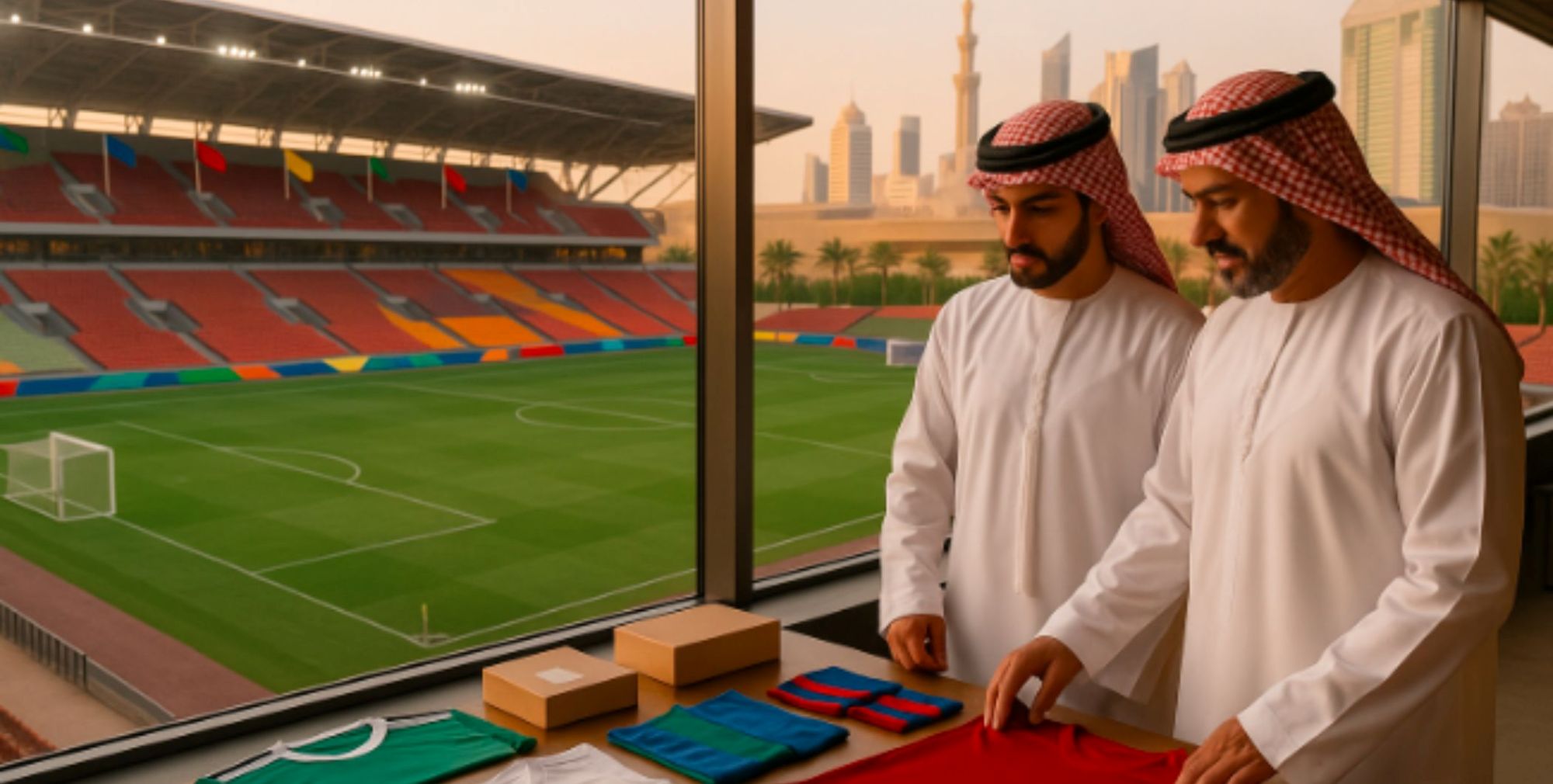How Global Football Brands Entering New Regions
In the early days, football travelled no further than its own city limits. Clubs were born from factories, communities, or local cafés, and their supporters filled wooden terraces after work. That world has vanished. The modern game crosses borders as easily as data flows through a screen. A club’s reach now depends on how well it reads new markets, not just how often it wins trophies.
Global football has become an industry of translation and adaptation. Every new partnership demands cultural fluency, and every stadium visit doubles as a business meeting. The spread of data, digital content, and remote betting turned sport into a global economy. Such platforms as the online bookmaker betting in Somalia, official site reflect how new audiences interact with sport, shaping habits and technologies around shared passions rather than borders.
Reading the Local Pulse
When a club lands in a new country it learns what fans value and how sport fits into society. Success comes through listening.
Many teams begin by forming partnerships with regional sponsors or building small training academies. These projects often grow into wider cultural exchanges that blend sport with education. The idea is not to sell, but to belong.
Common strategies used by clubs expanding abroad include:
- Creating academies that train local coaches as well as players.
- Collaborating with schools to integrate sport into community life.
- Working with local businesses to align sponsorship with culture.
- Developing digital content that speaks the local language naturally.
These moves turn global clubs into local neighbours, not visiting brands.
The Digital Shift
Two decades ago, television decided who could watch football. Now the phone in a pocket does that job. Streaming platforms have rewritten the geography of fandom. Matches in Manchester can be followed in Mogadishu or Muscat at the same moment.
Mobile access changed how clubs and investors measure success. They now follow engagement data instead of stadium attendance. The figures tell them when people watch, how long they stay connected, and which stories make them return. The result is a new type of audience – active, informed, and part of the game even from afar.
For data analysts and betting companies, these numbers form the backbone of prediction models. They study not only player form but audience behaviour. This dual observation has become one of the quiet engines of the global sports economy.
The Money Trail Behind Expansion
Behind every academy opening or media campaign lies a web of investment. Football’s growth depends on alliances between clubs, cities, and private groups. The infrastructure that supports matches also supports jobs, logistics, and technology.
In many cases, stadium modernisation leads to tourism growth, while training centres attract sponsorship and trade. Economists now study league expansion economics as a field in itself, tracing how new regions alter global revenue flows. A league that adds one more country does not just gain viewers; it reshapes balance sheets across continents.
These dynamics explain why even mid-sized clubs look abroad for partners. Regional collaboration allows them to spread costs and share audiences. The benefits reach far beyond sport, linking broadcasting, hospitality, and fintech industries.
The Broader Picture
The story of football’s global reach is not about dominance but adaptation. Clubs move carefully, learning as they go. They bring technology, structure, and new opportunity to places where enthusiasm already exists.
As a result, sport now mirrors the flow of the modern economy – decentralised, connected, and fast-moving. The local and global no longer oppose each other; they work together. What began as a pastime for mill workers has become a shared enterprise linking cities, investors, and communities across oceans.
Football no longer travels alone. It carries with it education, analytics, media, and digital trade. And in every region it enters, it finds not just spectators but partners.

Leave a Reply